Semarang’s history dates back to the ninth century, when it was known as Bergota. By the end of fifteenth century, a Javanese Islamic missionary from nearby Sultanate of Demak with the name of Kyai Pandan Arang founded a village and an Islamic boarding school in this place. On 1 May 1547, after consulting Sunan Kalijaga, Sultan Hadiwijaya of Pajang declared Kyai Pandan Arang the first bupati (regent) of Semarang, thus culturally and politically, on this day Semarang was born.
In 1678, Sunan Amangkurat II promised to give control of Semarang to the Dutch East India Company (VOC) as a part of a debt payment. In 1682, the Semarang state was founded by the Dutch colonial power. On 5 October 1705 after years of occupations, Semarang officially became a VOC city when Susuhunan Pakubuwono I made a deal to give extensive trade rights to the VOC in exchange of wiping out Mataram’s debt. The VOC, and later, the Dutch East Indies government, established tobacco plantations in the region and built roads and railroads, making Semarang an important colonial trading centre.
Even though in the Dutch East Indies Batavia was the political center of government and Surabaya became the center of commerce, the third largest city in Java was Semarang. As off VOC times Semarang had always been an important center of government for North Java, employing many Indo-European officials, until Daendels (1808-1811) simplified burocracy by eliminating this extra layer of officialdom. The city’s expansion declined until in 1830 the Java War ended and export commerce via the north of Java picked up again. Trade from the south and the middle of Java, where many Indo entrepreneurs rented and cultivated plantations, flourished. Soon the government invested in the establishment of a railway infrastructure which also employed many Indo people. The historic presence of a large Indo (Eurasian) community in the area of Semarang is also reflected by the fact a creole mix language called
1. Historical Journey: From Ancient Port to Modern Capital
Semarang’s history is a fascinating blend of Javanese roots, Islamic influences, Chinese presence, and Dutch colonialism.
- Early Era
The region’s origins can be traced back to at least the 8th century, when it was part of the Medang Kingdom. Strategically positioned along the Java Sea, Semarang developed as a trading outpost where merchants exchanged spices, rice, and textiles. - Islamic Growth
In the 15th century, Islam began spreading through Java, and Semarang emerged as a center of Islamic scholarship. Sunan Kalijaga, one of the Wali Songo (Nine Saints of Java), played a key role in introducing Islam here. - Chinese Influence
Semarang is also deeply tied to the legendary voyage of Admiral Zheng He (Cheng Ho), the Muslim Chinese explorer who arrived in the early 1400s. His followers established settlements, bringing not just trade but also Chinese architecture, cuisine, and religious traditions that still thrive today. - Colonial Period
By the 17th century, the Dutch East India Company (VOC) transformed Semarang into a fortified colonial port city. The Kota Lama (Old Town), often called the “Little Netherlands”, still showcases cobblestoned streets and Dutch-style buildings like Blenduk Church and Tawang Train Station. - 20th Century & Independence
Semarang was also a key site during the Indonesian independence struggle, commemorated today at the Tugu Muda Monument, which honors youth resistance against colonial forces.
Thus, Semarang’s history reflects four strong cultural currents—Javanese, Islamic, Chinese, and Dutch—blending into a uniquely rich identity.
2. Culture & Traditions: A Melting Pot
Semarang is not just historically layered but also culturally diverse.
- Ethnic Diversity
- Javanese make up the majority, with their traditions in gamelan, wayang kulit (shadow puppetry), and batik.
- Chinese-Indonesians (Peranakans) contribute architecture, temples, and culinary treasures like lumpia.
- Arab-Indonesians settled in areas like Kauman, influencing Islamic traditions and marketplaces.
- Traditional Arts
- Gambang Semarang – a dance drama influenced by Chinese music and Javanese storytelling.
- Ketoprak – a popular Javanese theatrical performance.
- Wayang kulit – shadow puppetry, often accompanied by gamelan music.
- Religion & Harmony
Semarang exemplifies Indonesia’s motto Bhinneka Tunggal Ika (Unity in Diversity). Mosques, churches, Chinese temples, and even a synagogue once coexisted within the city. Landmarks like Sam Poo Kong Temple reflect this harmony, blending Chinese, Javanese, and Islamic architectural elements.
3. Festivals: Rhythm of the City
Semarang hosts some of Central Java’s most vibrant festivals:
- Dugderan Festival
Unique to Semarang, this colorful carnival marks the beginning of Ramadan. The highlight is the “Warak Ngendog”, a mythical creature symbolizing cultural unity (with Javanese, Chinese, and Arab elements) that parades through the city. - Semarang Night Carnival
A dazzling parade of lights, costumes, and dances held annually, transforming the city streets into a glowing stage. - Lawang Sewu Light Festival
Held at the iconic Dutch-era Lawang Sewu building, where music, lights, and history merge. - Cultural Days & Markets
During Chinese New Year (Imlek), temples like Sam Poo Kong and Chinatown districts come alive with lion dances, lanterns, and culinary fairs.
These festivals highlight how faith, folklore, and modern creativity coexist harmoniously in the city.
4. Culinary Heritage: Flavors of a Port City
Semarang is often called a “culinary heaven” in Central Java. Its food reflects centuries of trade and cultural fusion. Some of the most iconic dishes include:
- Lumpia Semarang
Perhaps the city’s most famous dish: a spring roll stuffed with bamboo shoots, chicken, and shrimp. It’s a perfect example of Chinese-Javanese fusion cuisine. - Tahu Gimbal
Fried tofu served with prawn fritters, rice cakes, cabbage, and peanut sauce – a beloved street food. - Bandeng Presto
Milkfish cooked in a high-pressure cooker until the bones soften, making it entirely edible. - Wingko Babat
A sweet coconut-based snack, often brought home as a souvenir. - Nasi Ayam Semarang
A local twist on chicken rice, featuring shredded chicken, boiled egg, and a mild coconut curry.
Food in Semarang isn’t just sustenance—it’s a cultural story told on every plate.
5. Modern Infrastructure & Urban Growth
Today, Semarang is not only a cultural gem but also a fast-developing urban hub in Indonesia.
- Transportation
- Jenderal Ahmad Yani International Airport (SRG) now serves both domestic and international routes.
- Tanjung Emas Port remains a major gateway for Central Java’s exports and imports.
- The new Semarang–Demak Toll Road doubles as a transport link and sea wall to protect against flooding.
- Urban Development
- Simpang Lima is the city’s vibrant urban heart, surrounded by malls, hotels, and public spaces.
- Revitalization of Kota Lama has turned the Old Town into a tourist-friendly heritage zone with cafés, museums, and art spaces.
- Challenges & Solutions
- Coastal flooding (rob) remains a challenge, but projects like giant sea walls, water pumps, and mangrove replanting aim to safeguard the city.
- Sustainability projects focus on balancing heritage conservation with modern living needs.
- Education & Innovation
Semarang is home to Diponegoro University (UNDIP), Semarang State University (UNNES), and other institutions that anchor the city’s role as a knowledge hub in Central Java.

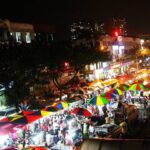
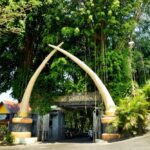
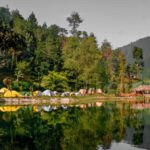
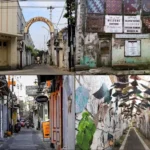
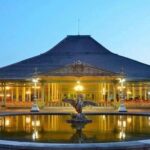
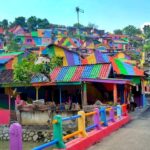

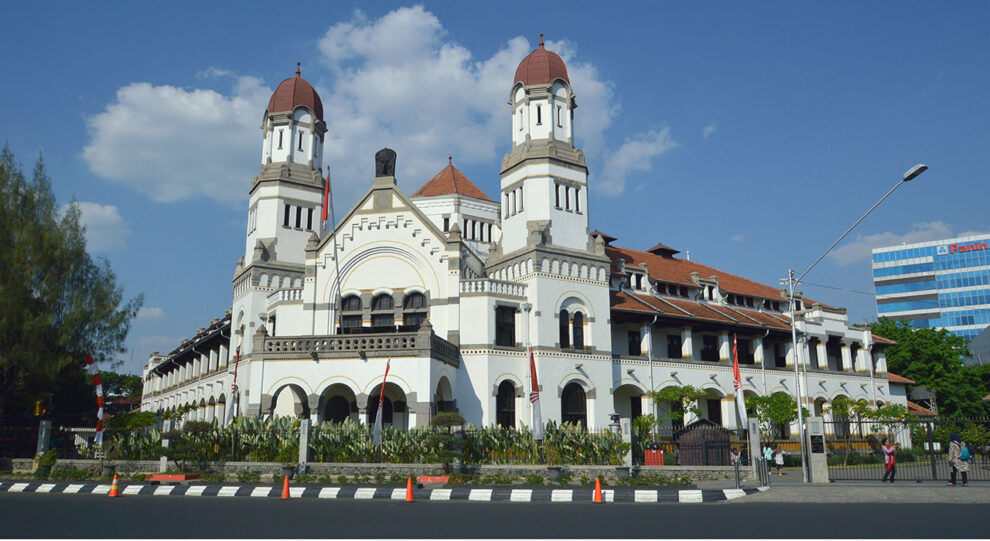

Add Comment